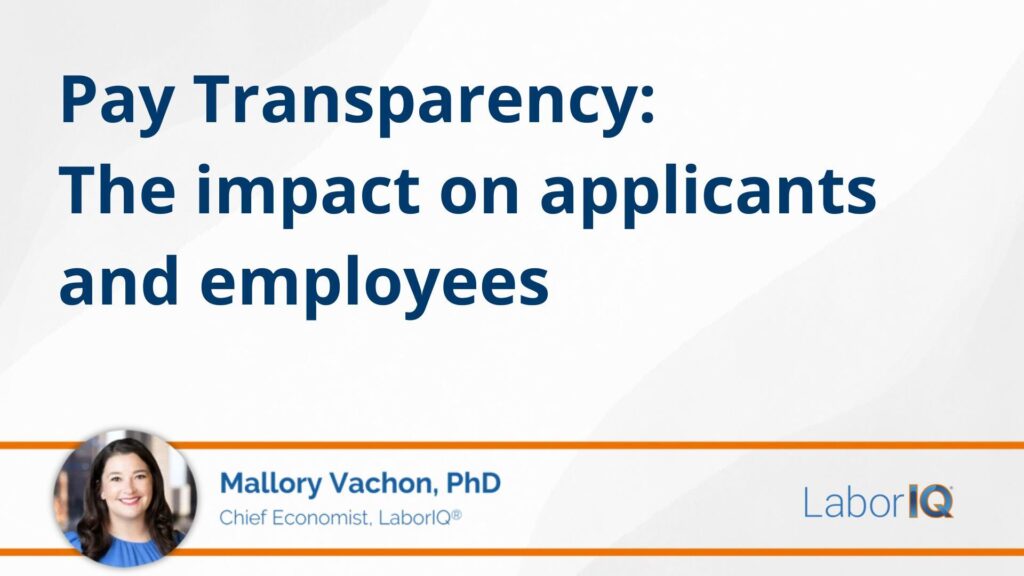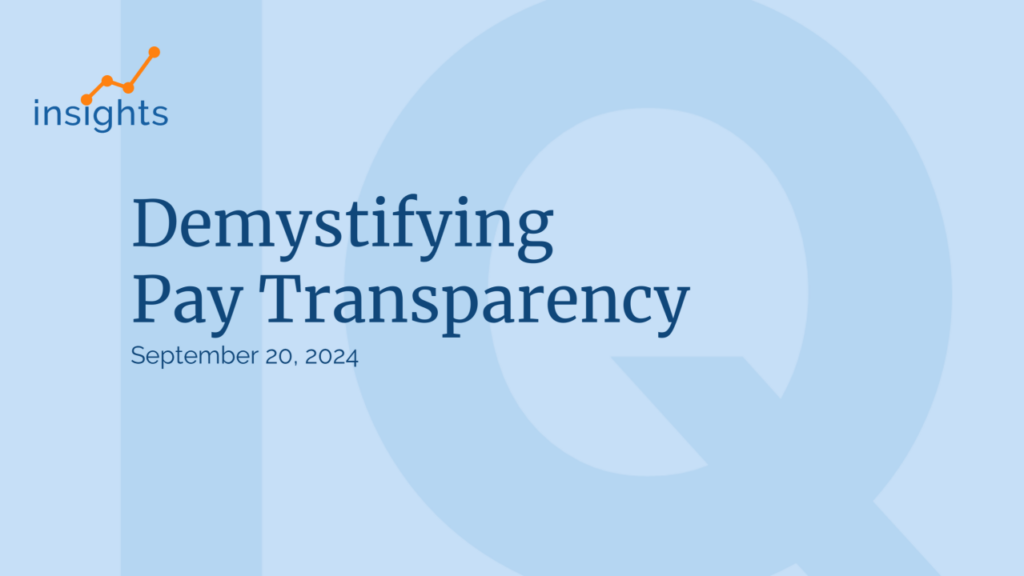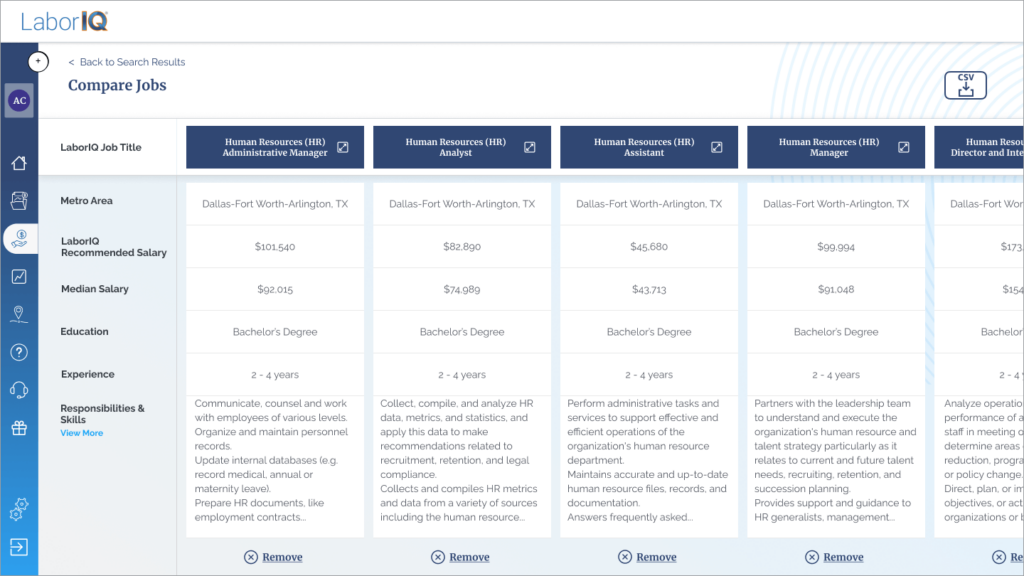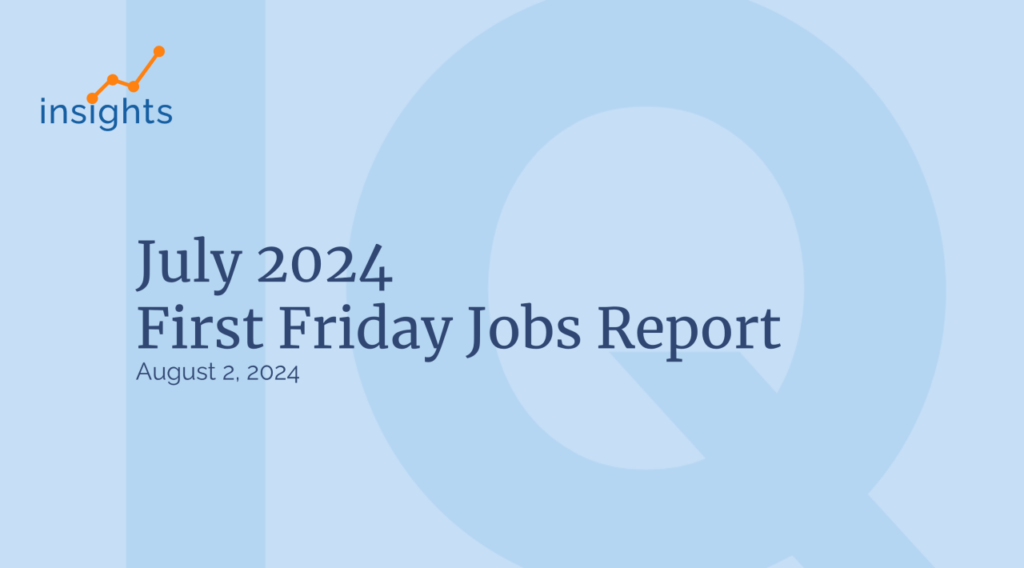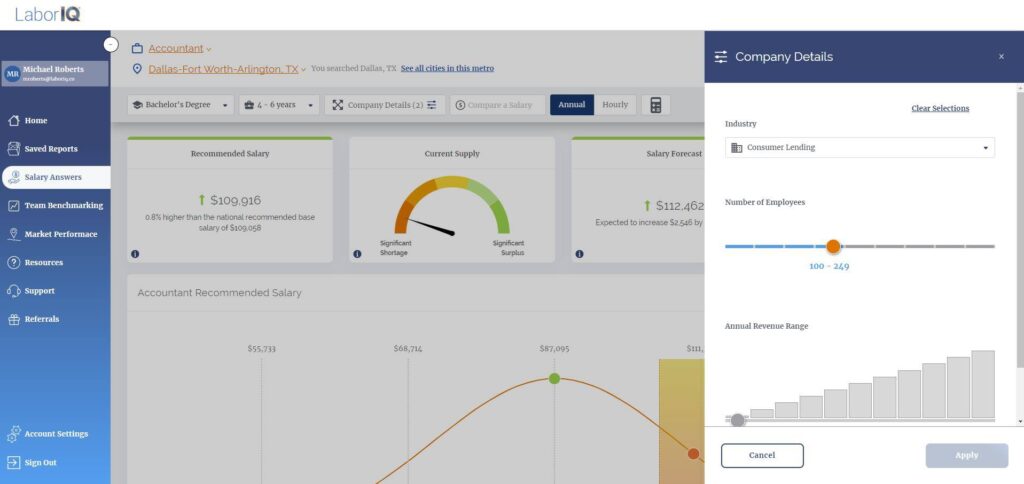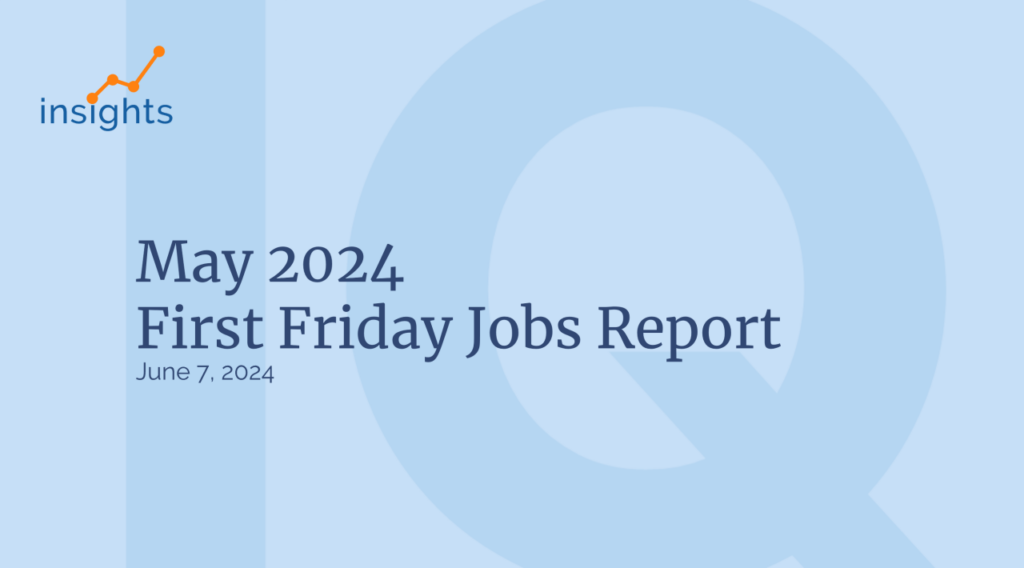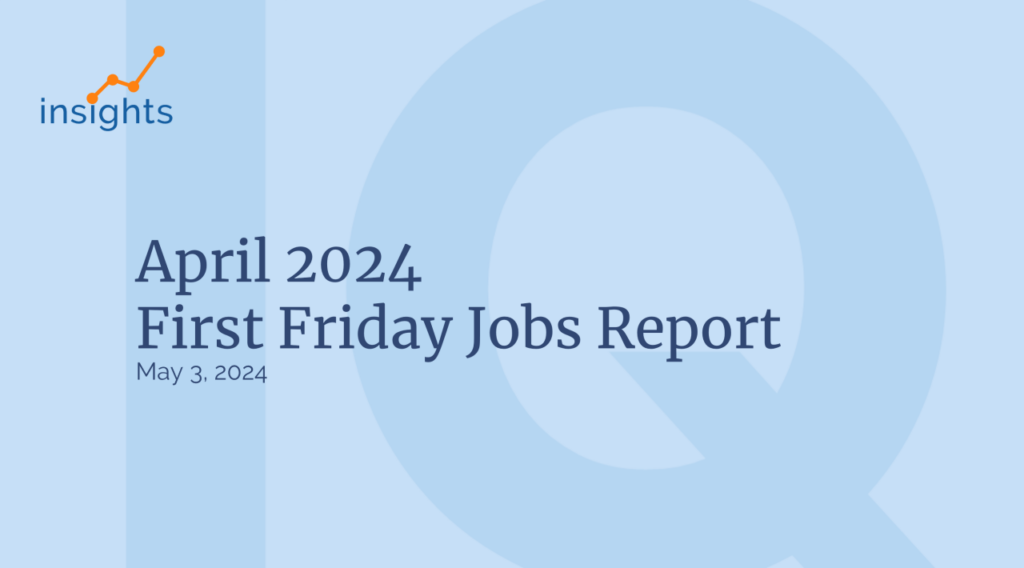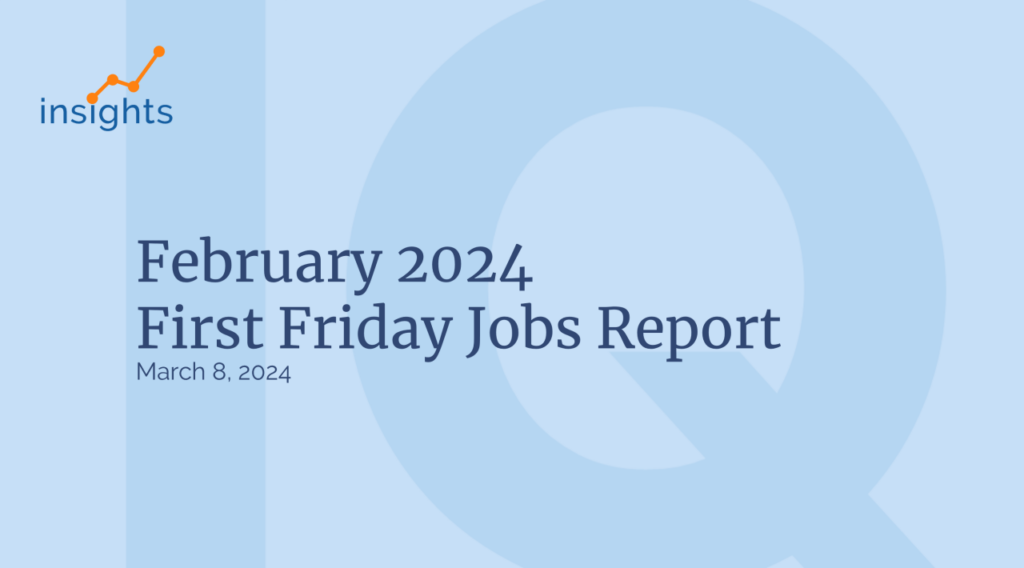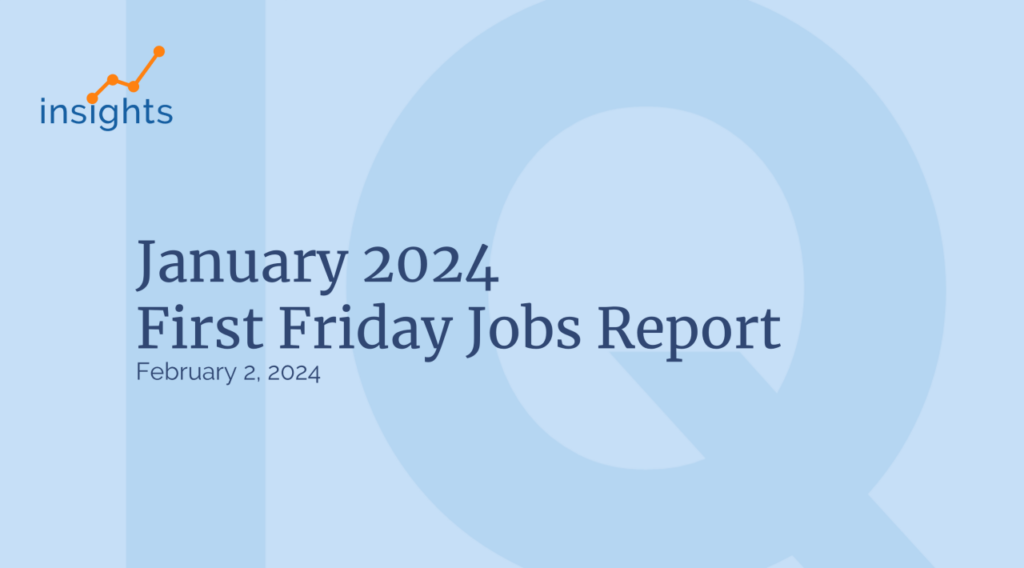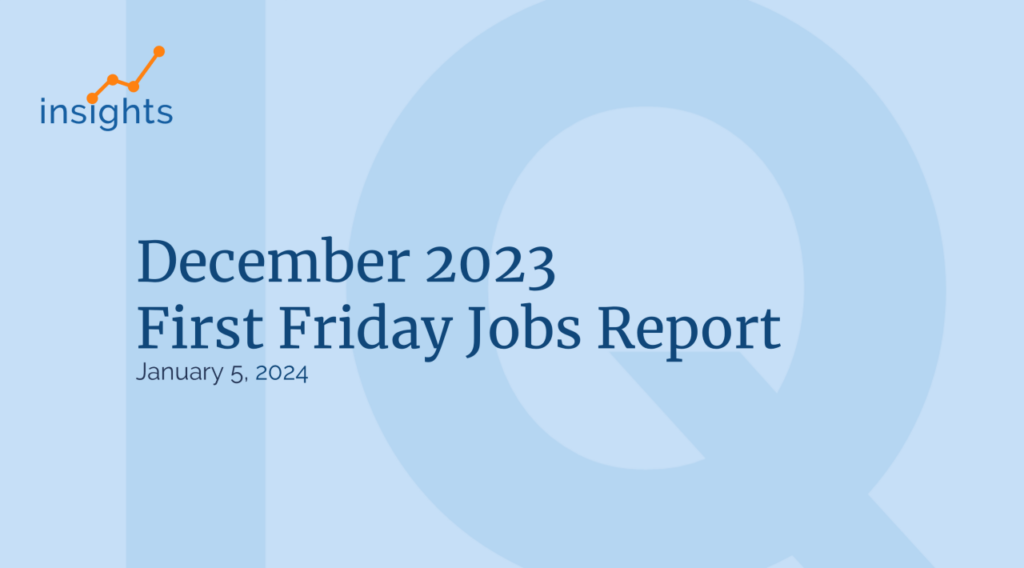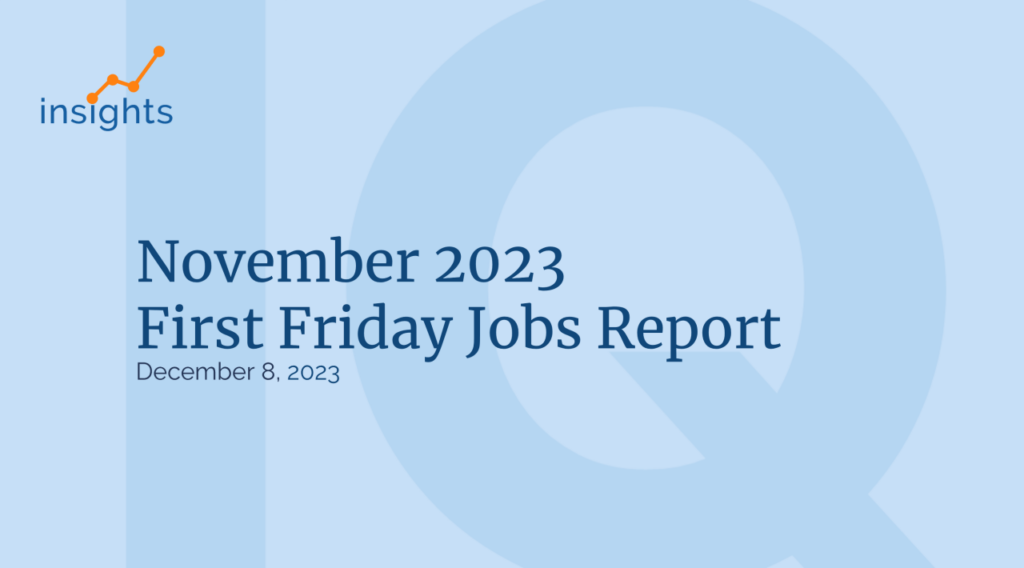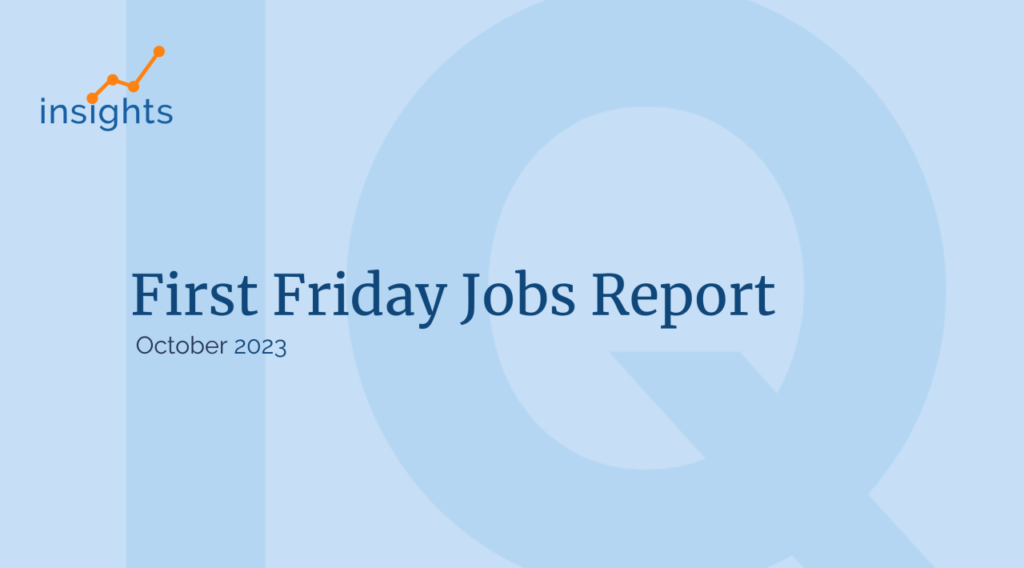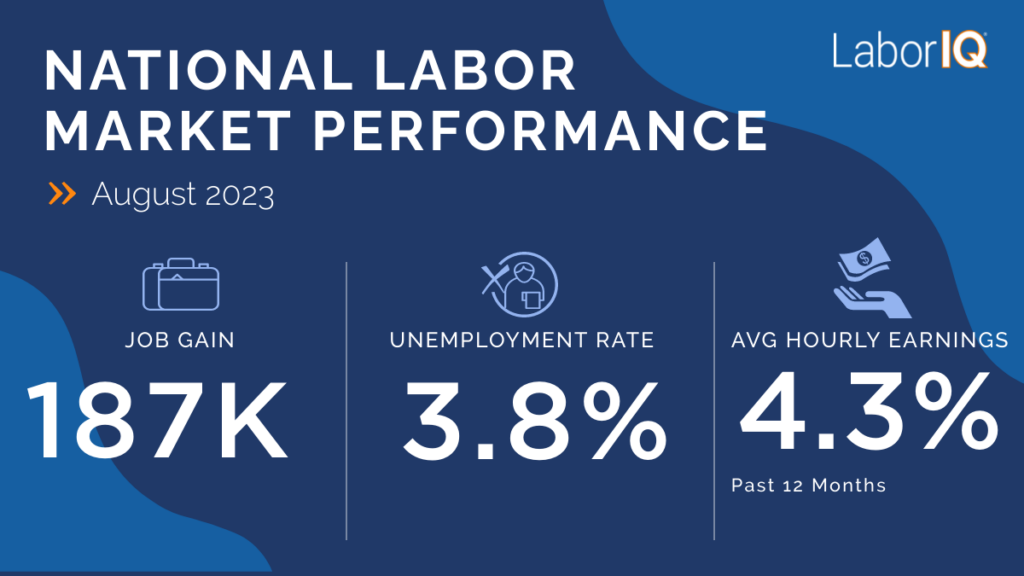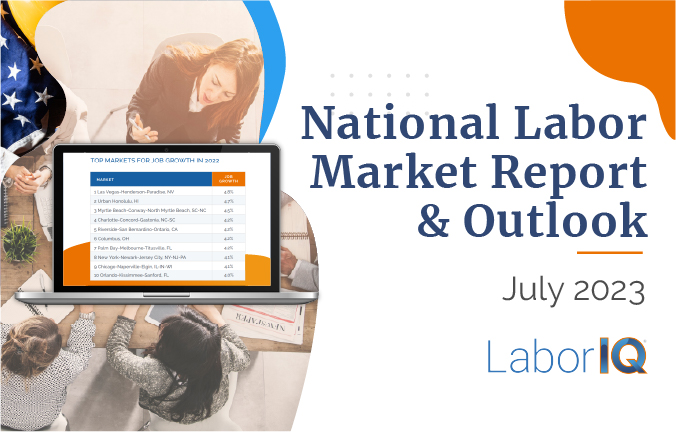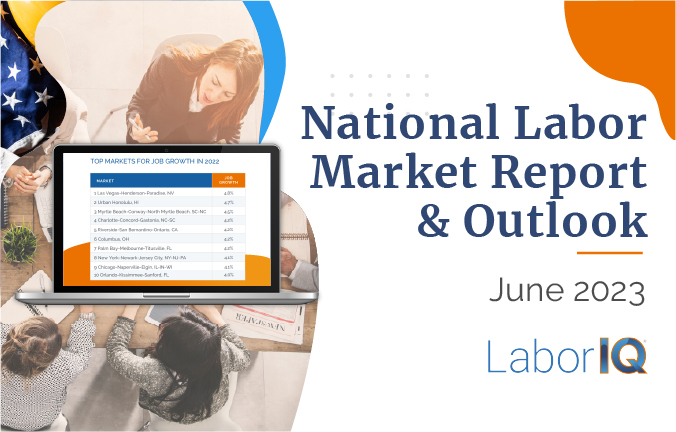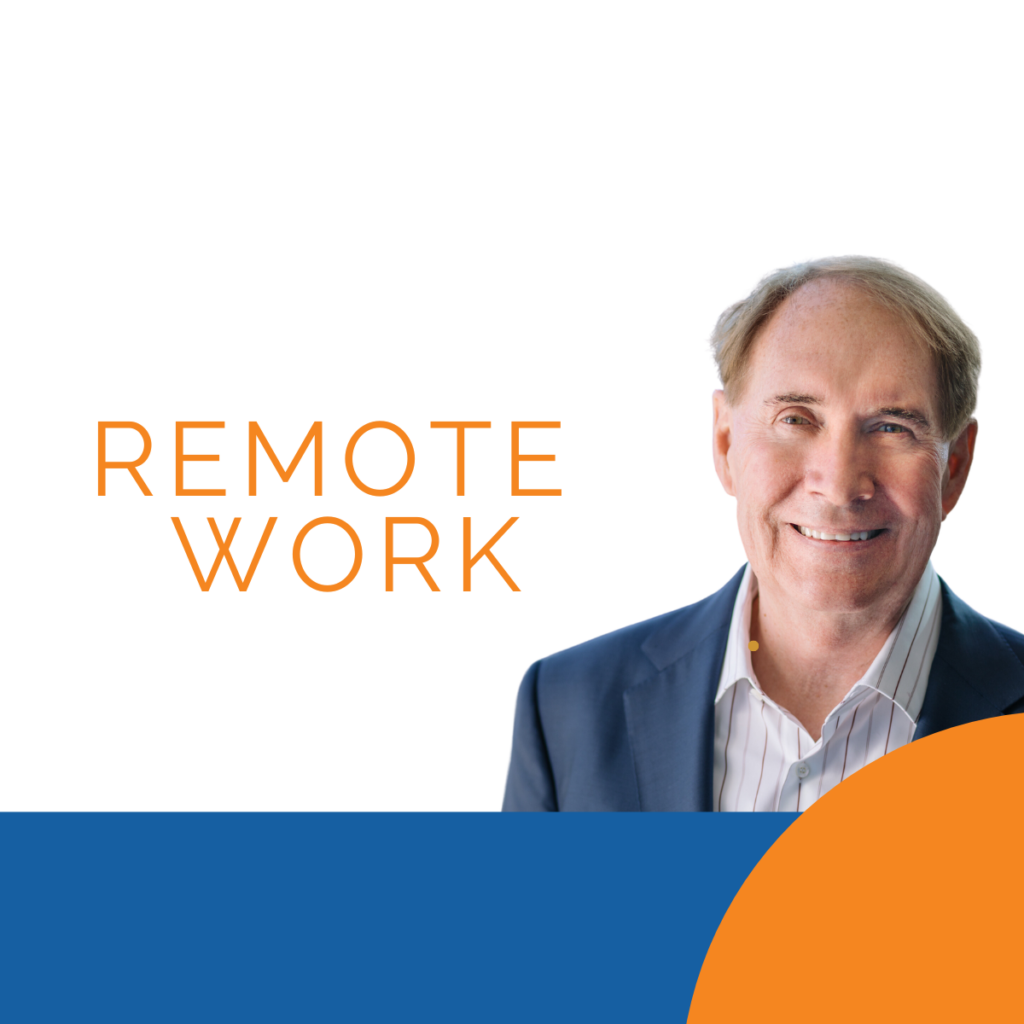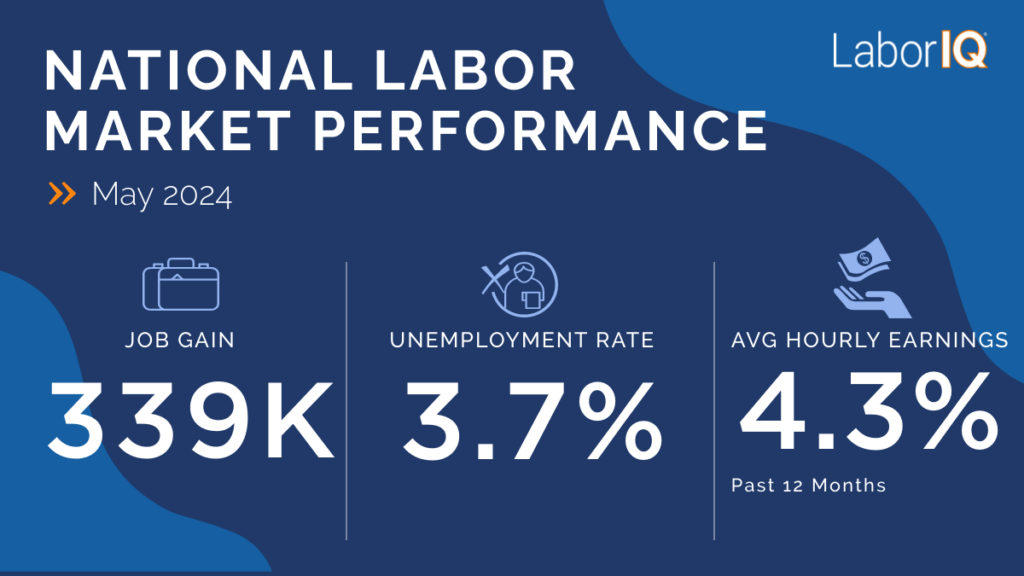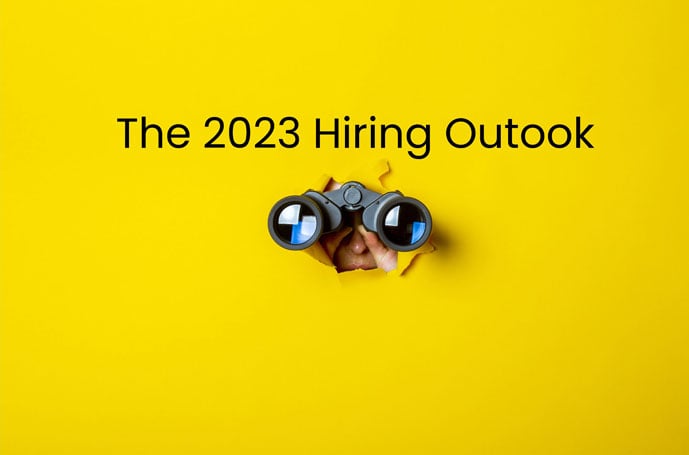Though we live in a world of information overload, with data of every kind at our fingertips, there are a few metrics worth paying meticulous attention to when it comes to HR and talent acquisition.
That’s where this article comes in. We’ve listed five critical data tools and metrics worthy of note for harnessing the power of market intelligence to fuel your hiring strategy.
Here are the priority data sets that will give your hiring strategy the competitive edge..

Labor Market Analytics
Labor market analytics use AI and data science to provide HR and talent acquisition specialists insight into which geographical areas and demographics brim with talent. This includes providing labor supply and diversity forecasts according to job titles in specific areas.
With this information in-hand, organizations can better plan their hiring strategies, keep up with industry trends, adapt to talent shortages and offer more competitive employee compensation packages.
Compensation Planning Analytics
At the time of this writing, we’re experiencing a global skills shortage. In fact, as many as 87% of companies worldwide have acknowledged this gap, and by 2030 it’s predicted the talent shortage and skills gap in the U.S. alone will result in a loss of $8.5 trillion.
Talent specialists face the added pressure of ensuring competitive and engaging compensation packages that attract and retain high-quality talent. A very effective tool that provides data-driven results is LaborIQ’s salary recommendation engine. Thanks to this platform, businesses can confidently set the right salary based on current labor market and employment trends – which smoothly transitions into the next section…
Total Compensation Metrics
Compensation planning isn’t just about pay. Instead, it also extends to using data to identify other HR trends, such as employee benefits expected by future hires. For instance, flexible working, health and dental plans, more vacation time, and a positive workplace culture that emphasizes well-being.
In other words, to construct an intelligent compensation strategy, businesses need to harness valuable data on thousands of jobs across different geographical locations and industries.
Location-Based Pay
Drilling down into location-based pay according to job role is a way to get a deeper insight into average salaries. With this info at your fingertips, you’re better positioned to offer new and existing hires a competitive wage to attract and retain them.
Tools like ThinkWhy’s LaborIQ platform adopt AI and data science methods to generate recommended salaries and assess the current supply of skill sets within particular demographics.
Pro Tip: Companies also need to be aware of the pitfalls of adapting pay based on employee location. As identified by ThinkWhy president and COO Claudine Zachara, a potential risk is unintentional pay inequality when remote employees doing the same work are paid different rates.
Salary Benchmarking
Put simply, this is when each job role is analyzed and compared to similar jobs in other companies to evaluate internal job salaries.
Salary benchmarking can help HR professionals set competitive compensation packages. As we’ve already mentioned, in today’s well-documented skills shortage, talent specialists have to offer the right salary to attract the best talent for each role.
There are several elements involved in salary benchmarking. While it’s essential each role has a comprehensive job description, and you have a benchmarking plan, it’s equally important to harness high-quality and accurate data. Options include benchmarking jobs against current market pay rates. In turn, this can help you identify pay gaps to reduce turnover, determine which employees are paid both over and under the benchmark, and plan future salary offerings.
Are You Ready to Start Harnessing the Power of Market Intelligence Using AI and Data?
The labor market is ever-evolving, so accessing data-driven insights into its current and predicted state is imperative for executing the best possible hiring strategies. Fortunately, LaborIQ offers organizations across the country everything they need to better understand localized labor markets. Contact us today for more information about how we can help you attract and retain top talent.



